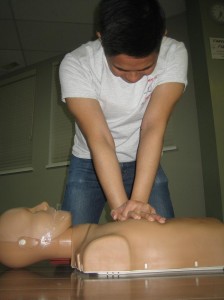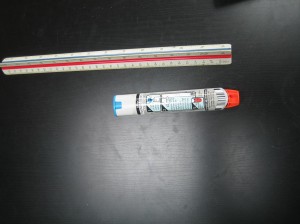
Unconsciousness is a fairly common occurrence due to its many causes and risk factors. It can be caused by certain medical conditions such as diabetes, heart attacks and epilepsy. Individuals who consume certain substances such as alcohol are also at risk. This is why it’s advisable to receive 1st aid and CPR training for unconscious individuals. In this type of training, students will learn about the different medical and non-medical interventions that they can do in order to help unconscious individuals. Here are some of the non-medical interventions that can be learned from first aid and CPR training.
Provide plenty of room for air
Whether the individual shows positive or no signs of breathing at all, it is important to provide plenty of room for air. This can be done through crowd dispersal and ensuring that only one or two people are hovering over the victim. Transferring the individual to a higher and well-ventilated space can also provide the individual with more access to fresh or clean air. It is also wise to move the individual to a less-polluted and cleaner surface or room. However, the individual should be moved using the right techniques to prevent worsening pre-existing bone fractures.
As much as possible, try to find the cause
Different causes require different types of interventions. If the loss of consciousness is caused by a certain disease or medical condition such as an allergy, administration of the prescribed medication should be done as soon as possible. Responsible patients bring tags where the name of their disease and their emergency medications are written. Others only bring emergency medications which rescuers can then use to determine the medical condition that they have.

Provide necessary information to EMT
Taking down notes before the Emergency Medical Technicians (EMT) arrive can be done by the rescuer or the Samaritan who is not directly administering care to the individual. These notes should contain important details about the events leading up to the loss of consciousness. These include the activities of the individual prior to the emergency crisis and his or her behavior. Did the individual seem lethargic or hyperactive before losing his or her consciousness?
Even though these non-medical interventions can help healthcare professionals treat the individual more efficiently, learning medical interventions through 1st aid and CPR training is still very important. These interventions do not simply make the lives of the EMT and doctors a lot easier. It can save the lives of afflicted individuals as well.
[youtube_advanced url=”http://www.youtube.com/watch?v=atBnYTfhKXw” width=”100″ height=”100″]
